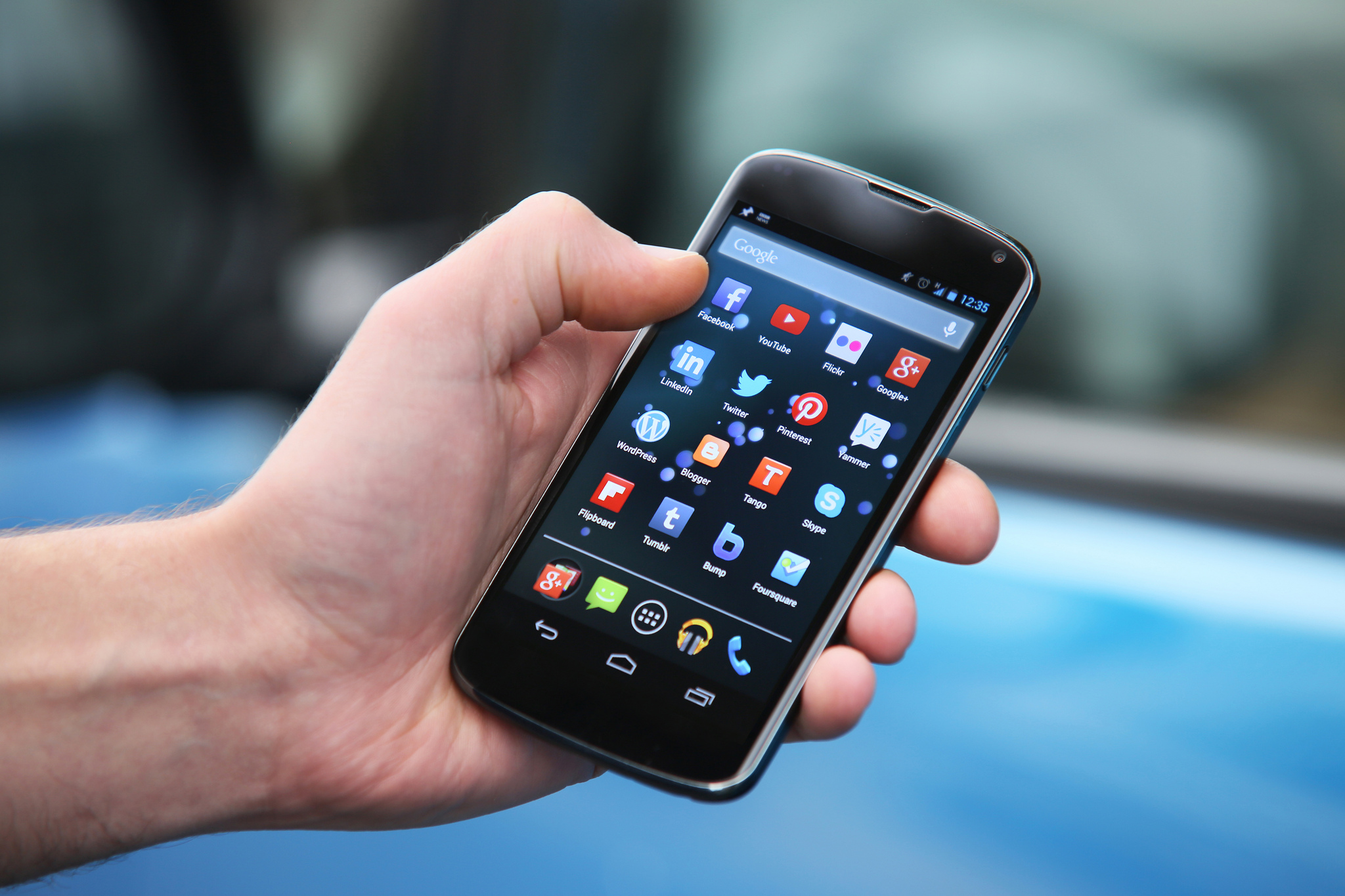Last month, the world was shocked by actor and comedian Robin Williams’ suicide. Soon after his death, a public discussion on ways to prevent suicide was opened, and it is certainly no coincidence that the World Health Organization (WHO) issued its first global report on suicide prevention last week.
The WHO’s report suggests that suicide can be prevented by improving the social conditions of the poor and middle class, by removing exaggerated coverage of suicide from the media, and by identifying and managing those with mental illness and addiction.
Unfortunately, the report focuses heavily on improving standards of living for lower income people, rather than on the importance of treating people with mental illness. In addition, it merely skims over the importance of the media’s role in suicide prevention through creating awareness of aid resources.
These two preventative measures most definitely take priority over global living conditions, as they offer direct solutions that work on both local and international scales.
Firstly, the correlation between mental illness and suicide is an important factor which should be considered as more of a priority in preventing self-murder. A study in the Oxford Journal of Medicine concluded that 90 per cent of United States suicide victims were diagnosed with a psychiatric disorder, and that the best preventive method against suicide is to effectively treat those with mental illness.
The WHO’s report suggests that suicide can be prevented by improving the social conditions of the poor and middle class.
Furthermore, the media’s representations of suicide are important to consider, as studies show the issue can be directly linked with technology. We are bombarded by suicide sensationalized on social media, in news outlets, and in television shows.
Some social media innovators, however, have begun to take advantage of media to combat this issue. The WHO should recognize these preventive attempts, and seriously take into consideration a further expansion of these technological efforts.
In 2011, Facebook partnered with the National Suicide Prevention Lifeline and the Substance Abuse and Mental Health Services Administration (SAMHSA), to allow status updates that express thoughts of suicide. Facebook could then send these users a message, providing them with a Lifeline number and a direct link to an online crisis counsellor.
Furthermore, the popular iPhone feature Siri can also be used to seek help for those with thoughts of suicide. Siri is programmed to call the National Suicide Prevention Lifeline when a user says something that indicates thoughts of suicide.
All in all, while improving the standards of living for low income families may help prevent suicide, it is not a priority because it is a large-scale measure; one that would take lots of time and resources to carry out. Instead, the WHO should look at more accessible solutiowwns that involve the improvement of mental health care, and the media’s projections of suicide to the public. This will ensure that people get the help they need right away.

